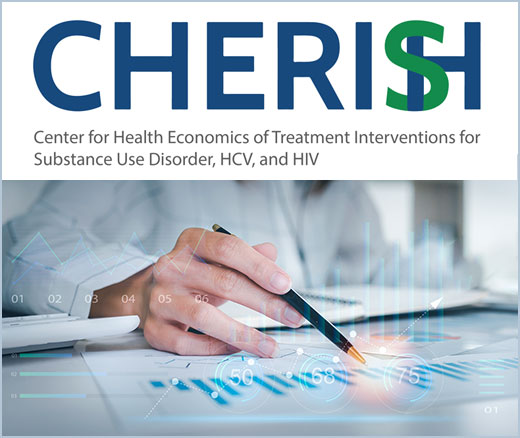
New Model Predicts Stimulant Overdose Risk Among Medicaid Patients
LDI Fellows Used Medicaid Data to Identify Individuals at Highest Risk for Cocaine- and Methamphetamine-Related Overdoses, Paving the Way for Targeted Prevention
Substance Use Disorder
In Their Own Words
Federal officials and caregivers have been in a race to combat a surge in overdoses from the combination of the opioid fentanyl and the animal sedative xylazine. The Biden Administration declared the combination an “emerging threat” in April 2023, marking the first time that designation has ever been used. It was given for the sharp rise in overdoses and skin wounds that the combination was causing across the nation.
In June a large group of experts met under the auspices of the National Institute on Drug Abuse to review testing, treatment and wound care for this combination, also called Tranq Dope. Then in July came the release of a National Response Plan.
LDI Senior Fellow Jeanmarie Perrone, a leading addiction expert at the University of Pennsylvania, was co-chair of the NIDA meeting. Here are some highlights she culled from the event.


LDI Fellows Used Medicaid Data to Identify Individuals at Highest Risk for Cocaine- and Methamphetamine-Related Overdoses, Paving the Way for Targeted Prevention

Penn and Four Other Partners Focus on the Health Economics of Substance Use Disorder

Penn Medicine’s New Summer Intern Program Immersed Teens in Street Outreach Techniques

LDI Experts Offer 10 Solutions to Get More Help to Seniors With Addiction

More Flexible Methadone Take-Home Policy Improved Patient Autonomy
Research Brief: LDI Fellow Recommends Ways to Increase Availability